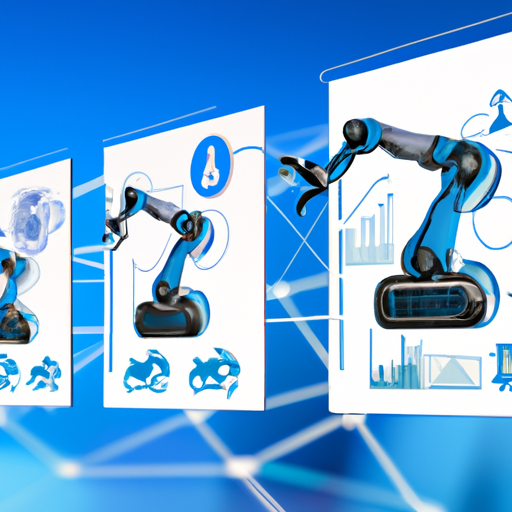In today’s fast-paced business environment, organizations are constantly seeking ways to enhance operational efficiency, reduce costs, and improve service delivery. One revolutionary approach gaining traction is Intelligent Automation (IA), which combines advanced technologies like robotics, artificial intelligence (AI), and machine learning (ML) to streamline processes and drive innovation.
What is Intelligent Automation?
Intelligent Automation refers to the use of automation technologies that leverage AI and ML to perform complex tasks that typically require human intervention. Unlike traditional automation, which focuses on the repetitive execution of predefined tasks, IA adapts to dynamic environments, learns from data, and makes decisions based on that learning.
Benefits of Intelligent Automation
- Increased Efficiency: IA can significantly speed up processes by eliminating manual tasks, allowing employees to focus on higher-value activities.
- Cost Reduction: By automating routine processes, businesses can save on labor costs and minimize errors, leading to significant savings over time.
- Enhanced Decision-Making: With the integration of AI and analytics, organizations can gain invaluable insights from data, resulting in data-driven decisions.
- Improved Customer Experience: Automation can streamline customer interactions and provide quicker responses, greatly enhancing customer satisfaction.
How to Implement Intelligent Automation
Implementing IA requires careful planning and execution. Here are some key steps for successful deployment:
- Identify Opportunities: Analyze existing processes to identify areas where automation can provide maximum impact.
- Select the Right Technology: Choose automation tools and platforms that align with your business goals and automation strategy.
- Develop a Roadmap: Outline a clear implementation plan that includes timelines, milestones, and key performance indicators (KPIs) to measure success.
- Engage Employees: Train and involve your team in the automation journey to ensure buy-in and effective use of the new technologies.
Challenges of Intelligent Automation
While the benefits of IA are numerous, organizations may encounter challenges such as resistance to change, integration with existing systems, and the need for continuous monitoring and adjustment. Addressing these challenges requires strong leadership and a culture that embraces innovation.
Conclusion
Intelligent Automation can be a significant catalyst for change, enabling businesses to operate more efficiently and adapt to the evolving marketplace. By leveraging IA, companies can not only improve their operational processes but also gain a competitive edge in their respective industries.
Ready to embark on the journey of Intelligent Automation? Contact us today for expert guidance on implementing effective automation strategies in your organization!






